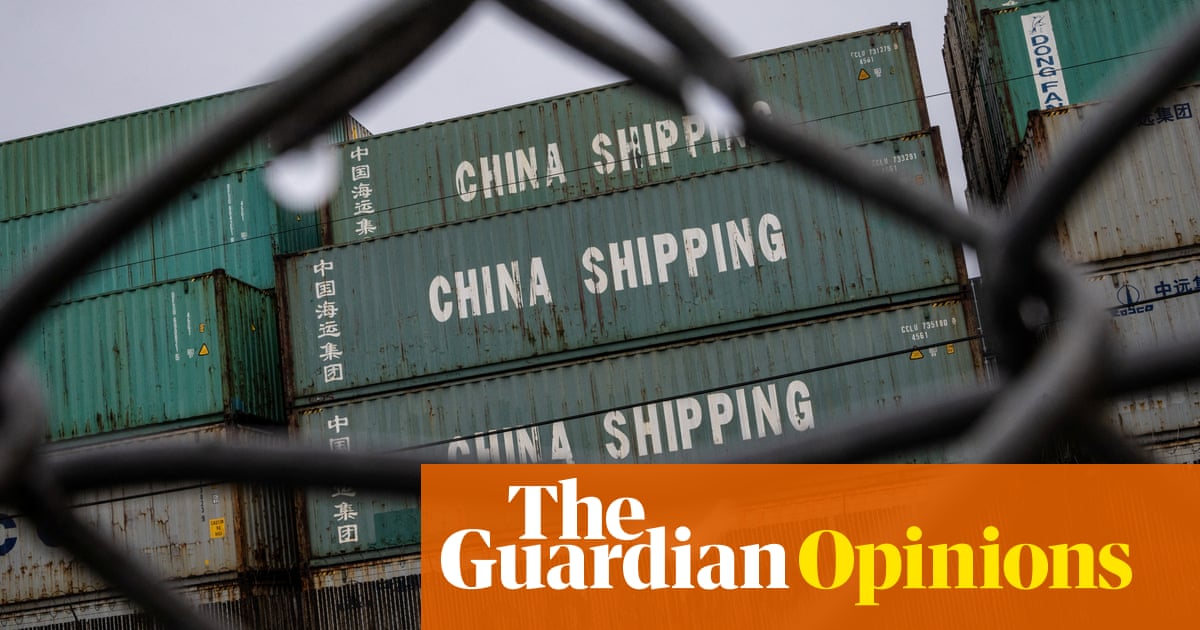Donald Trump’s massive Chinese tariffs are on pause. The media debated. Wall Street rejoiced. Many of my clients breathed a sigh of relief. Big retailers jumped for joy. But for how long?
For starters,the tariffsthat weren’t paused – a 10% levy on all Chinese goods, plus a bonus 20% tax that somehow relates to fentanyl, are still in place. When you take into consideration existing tariffs on steel from previous Trump and Biden administrations, the effective tariff rate on Chinese goods is actually closer to 40%, according to an analysis done by theWall Street Journal.
That’s a big number. Maybe that won’t deter people from buying underwear at Target. But for companies that rely on steel and aluminum, semiconductors, synthetic fabrics, plastics, minerals, coatings and solvents as well as certain bearings, motors, pumps and parts, a 30-40% hike is a major impact on their margins, which will affect their spending and investments. Ultimately, the costs of the end products that use these materials will also rise as companies simply pass them down.
Just as important, Trump’s animosity towards China – unfounded or not – isn’t going to just magically disappear. He’scalled the Chinesecheaters, polluters and thieves. And his past actions – particularly in his first administration – do not bode well for a quick resolution to this issue.
In2018, the Trump administration not only imposed onerous tariffs on China but also issued some very harsh requirements to address trading issues with its closest economic rival.
There were specific quotas set to limit our trade deficit. There were demands made to reduce the Chinese requirement forcing American companies to share or transfer technology with their Chinese counterparts. There were rules aimed at stopping the alleged (ha, ha) stealing of data and intellectual property by the Chinese.
The problem is that none of this happened. What happened – shortly after the negotiations started – was Covid. And then 2020 and a new administration. But don’t think that Trump won’t raise these issues again. He will, and when this happens we’ll be back to the same place we started: excessive tariffs and a trade war withChina.
That doesn’t mean that businesses are completely stuck. Many – those that have the funds – are using the tariff suspension to buy up products from China like it’s a fire sale at Costco on Black Friday. Others are contracting with bonded warehouses and storage facilities in free-trade zones to accept products that are temporarily tariff-free, hoping that when they pull materials from these storage units those rates will have come down.
I have clients who are aggressively searching for alternative suppliers. I have others who are bringing their assembly and manufacturing back to the US. Those that aren’t able to make these kinds of investments are trying to work out how and how much they can change pricing and what the market will take. A few have already created special line items on their invoices to separate out the tariff charge in an effort to say: “Hey, don’t blame me for this stuff!”
My smartest clients started doing this stuff the day after Trump was elected. They listened to what he’d said during the previous couple of years. They read the writing on the wall. Now they’re ahead of the game. Good for them.
Companies that didn’t do this – especially small businesses that have fewer resources and are more reliant on just a supplier or two – are in trouble, particularly if they buy from China. For any business still reliant on Chinese suppliers and markets, this pause isn’t going to last as long as you think. There will be a lot more coming in this trade war – and let’s hope it doesn’t turn into an actual war. The outlook is precarious and risky. Trump is volatile and emotional and has a history of knocking China. Plan accordingly.
